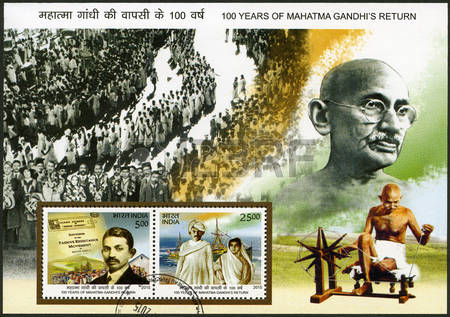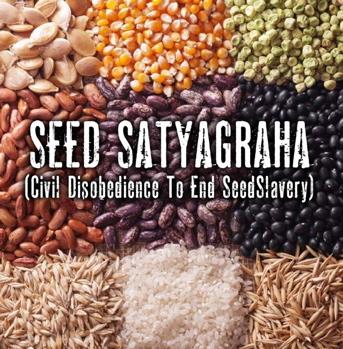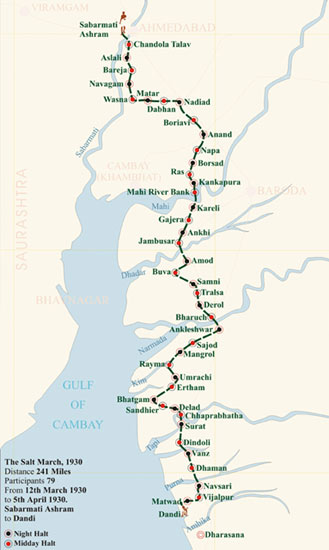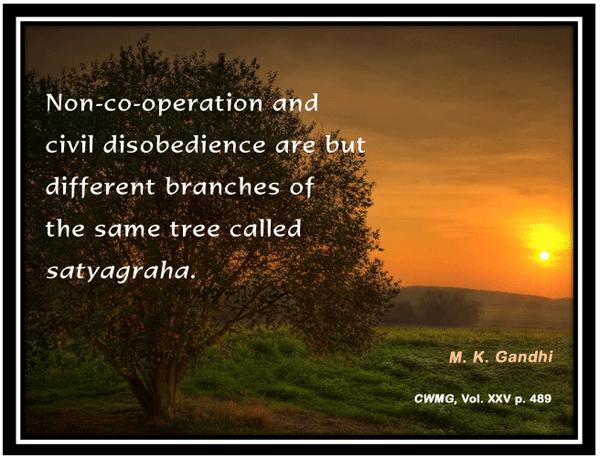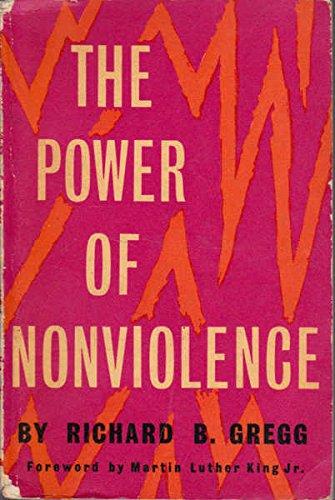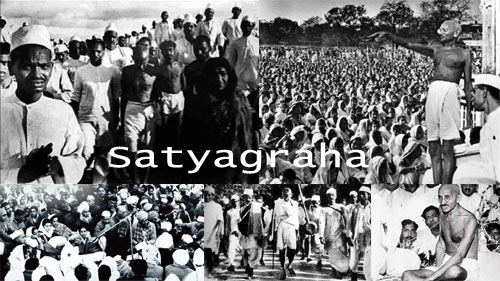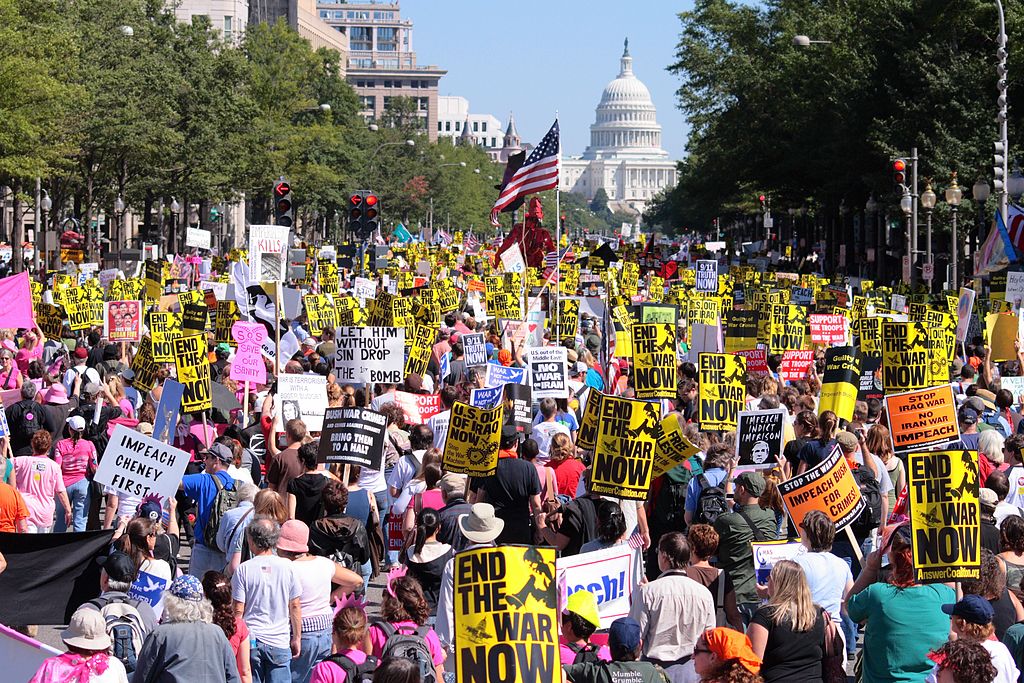The Religion of Gandhi: The Wire-India Interview with
Ajay Skaria
by Omair Ahmad
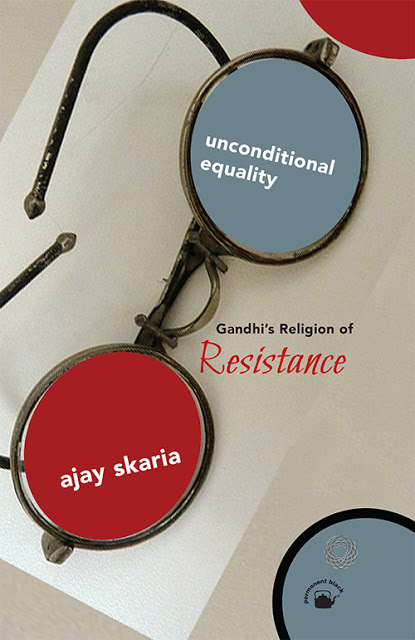
Dustwrapper of India edition courtesy permanent-black.blogspot.nl
Omair Ahmad: It is rare to speak of ‘religion’ in the political domain these days and you mention your own difficulties in breaking out of the secular mould to read Gandhi in this light. Could you explain?
Ajay Skaria: I must confess that like most others who had come of intellectual age as part of the Indian left, I was for long suspicious of Gandhi because of his overt religiosity. Certainly, if you had asked me as late as 2000, whether there was any chance that I would work on Gandhi, I would have emphatically said ‘no.’ And I would have said so partially because both as a college student and later in my work in the adivasi tribal regions, I often encountered too many Gandhians running ashrams that effectively practiced an upper caste Hinduism. Even now, to my mind, his Hinduism as a social phenomenon arguably enabled the later rise of militant Hinduism, Hindutva.
I was drawn into Gandhi’s writings completely by accident. In 2000, I was teaching the English Hind Swaraj in an undergraduate class and a passage from it intrigued me. Since I happened to have the Gujarati text close at hand I consulted it. I had in fact just bought it during my trip earlier that year to Ahmedabad since the person I was then working with, Indulal Yagnik, was first a Gujurati associate and then a critic of Gandhi. There was considerable divergence between the Gujarati and English. As I read more, I realised that the divergences were quite numerous, and it became increasingly clear to me that Gandhi’s writing might be doing something quite different from what he may have intended it to do.


